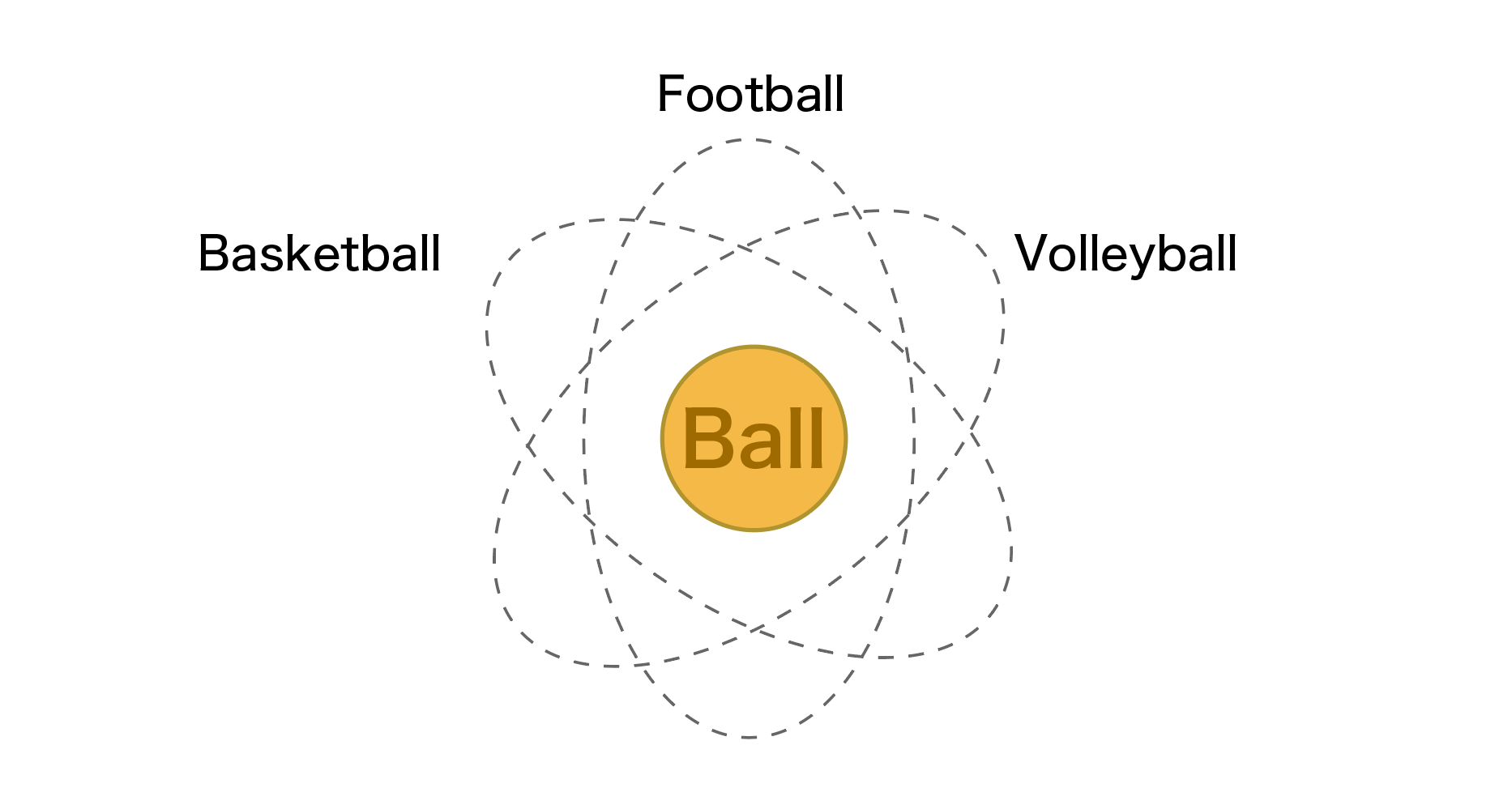This article does not provide life or financial advice.
There are two distinct vectors in onchain gaming.We need to separate games and toys basically and need to consider which we will create seriously.
Costikyan’s Game Thesis
http://www.costik.com/nowords2002.pdf
Some years ago, Will Wright, in a speech at the Game Developers Conference, described SimCity, which he designed, as a software toy. He offered a ball as an illuminating comparison: It offers many interesting behaviors, which you may explore. You can bounce it, twirl it, throw it, dribble it. And, if you wish, you may use it in a game: soccer, or basketball, or whatever. But the game is not intrinsic in the toy; it is a set of player-defined objectives overlaid on the toy. Just so SimCity. Like many computer games, it creates a world that the player may manipulate, but unlike most games, it provides no explicit goal. Oh, you may choose one: to see if you can build a city without slums, perhaps, or one that relies solely on mass transit. But SimCity itself has no victory conditions, no objectives; it is a software toy.
Costikyan conceptually distinguishes between games and toys. A ball is a toy, while soccer and basketball are games. A toy doesn't have defined ways to play within it, but its characteristics allow for the creation of games.

The existence of a ball as an object common across different games illustrates that "asset sharing between games," a characteristic long discussed in blockchain games, is already occurring in the real world.
This perspective aligns with the concepts I discussed in a previous article.
https://mirror.xyz/zkether.eth/ibYSaXslc1MUMyZKVY3haJ83cNjjvKVpubmnKq8N0XI
Understanding from Crypto Perspective

Adding another explanation, a ball can be seen as a protocol, and games as applications.The Ethereum protocol doesn’t define how to create/play DeFi. Similarly, a toy does not define a game.Toys can include objects like:
Balls
Playing cards
Dice
Building blocks
Ropes
These objects are simple yet offer various usage options. If realized on the blockchain, it enables "asset sharing between games." If we still dream of realizing unique blockchain games, we should focus on creating toys before games.
The Case of Loot
Loot is the only project that aligns with this concept.
Interactions with many people have revealed diverse opinions about Loot. I believe Loot is the closest toy to success and wish to explore this project further. However, I am surprised that many consider it a failure or a step in the wrong direction.
While Loot does not define ways to play, several games or applications using Loot have been created. Although these projects are not yet mainstream in blockchain gaming, I believe this direction is correct. The creation of playing cards went through many challenges and iterations, such as experimenting with six suits or extending the numbers up to 24 (probably). It's too early to deem Loot a failure after just one attempt. Moreover, there is still a vast design space available in this toy layer.
Design Space

Care must be taken as the complexity or specific functionality of a toy can change the design allowances for games built upon it. Simple toys tend to allow a broader range of possible games. For example, abstract and simple toys like balls, dice, and playing cards are likely to enable a richer diversity of games. On the other hand, toys like the kendama or Rubik's Cube are less likely to lead to a wide variety of competitions because they are complexed.
Also, note that a financial dimension is added when executed on the blockchain. Loot did not generate revenue or return it to the application layer. However, successful projects like Optimism, Uniswap, and Nouns have expanded their ecosystems by returning value acquired at the protocol level to the application layer. This is a bootstrap of network effects.

Therefore, there's still a vast design space for creating toys on the blockchain. The concept is not just to create games, but something that everyone wants to play with and that inspires developers to create games. Additionally, there's a design space in constructing economics.
While I have several ideas, I prefer not to mention them in this article to avoid adding bias.
However, if you're interested, please feel free to contact me. I am currently looking for gigabrain developers willing to tackle entirely new concepts in onchain gaming. DMs are open 😄
